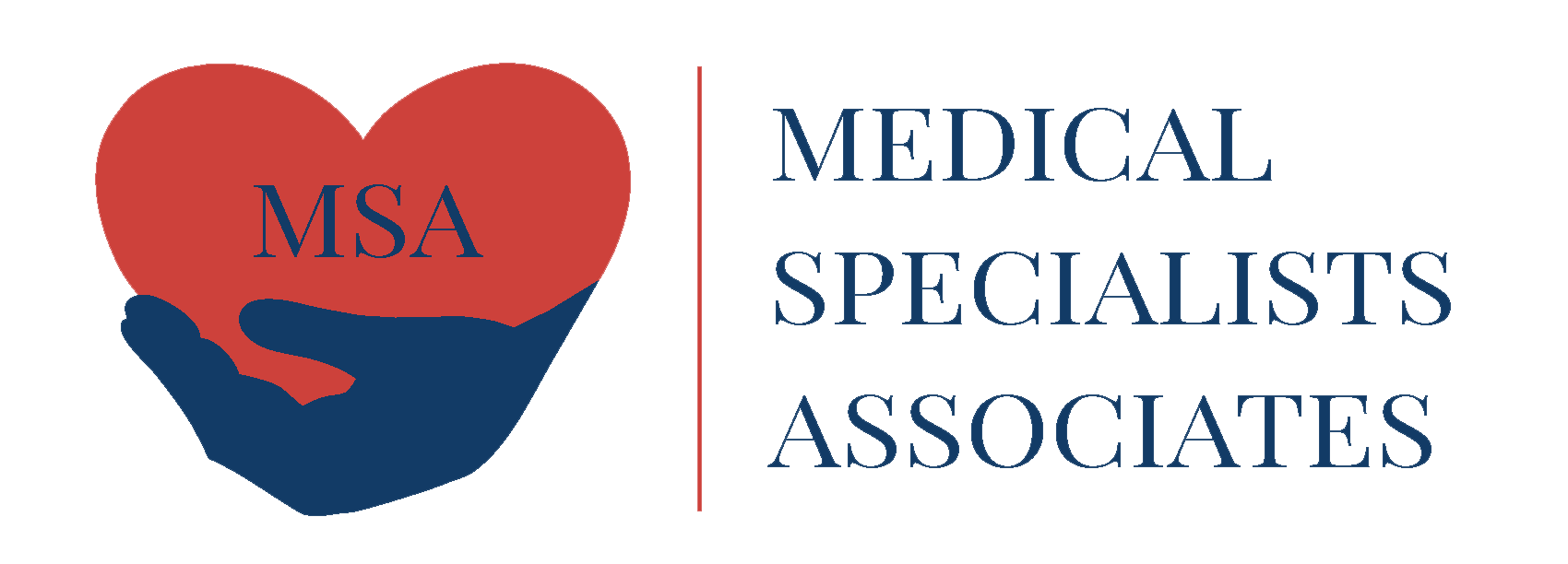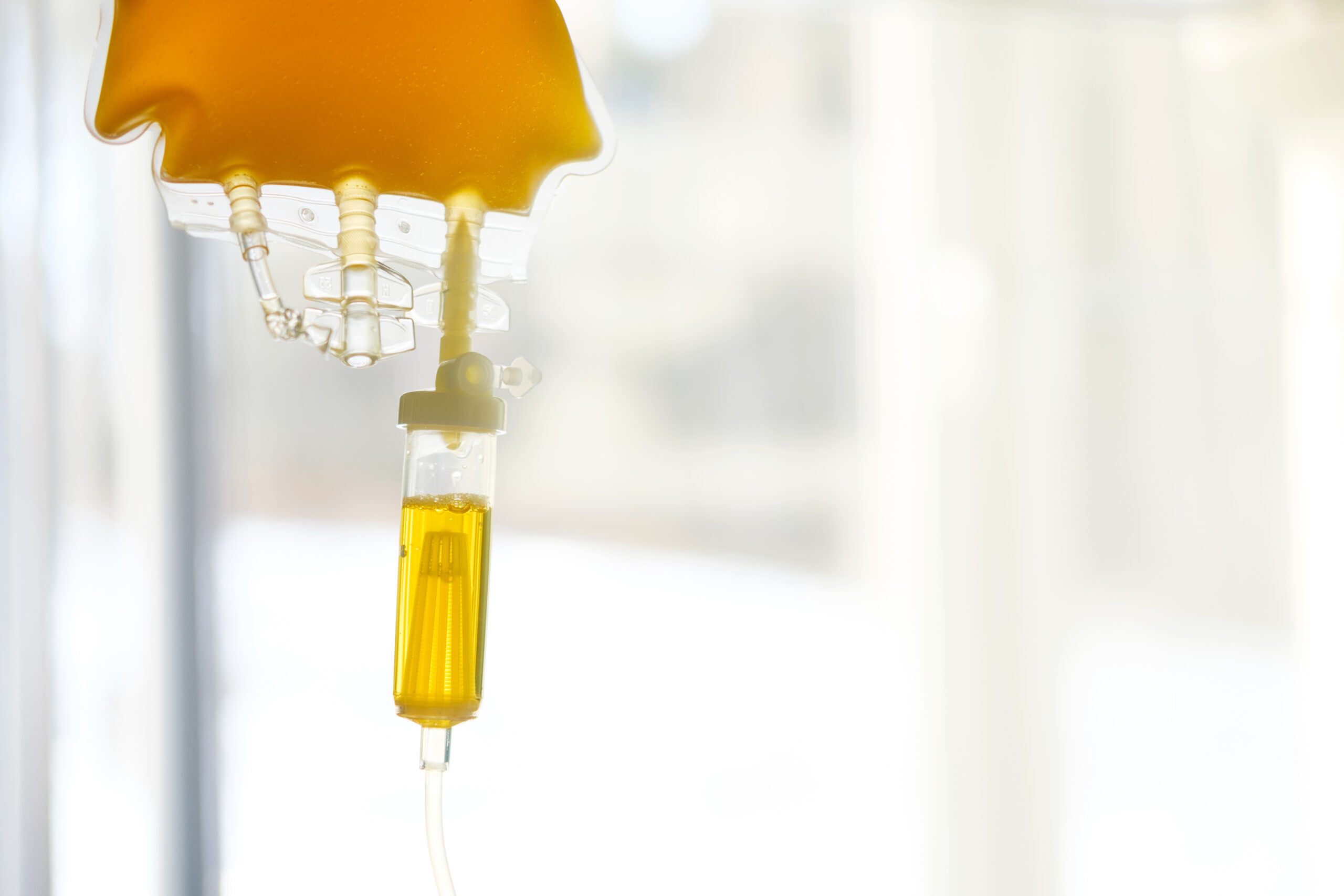Proning Protocol For the ICU– Covid-19 Updated
This Self Proning Protocol is intended to improve oxygenation and reduce the need for ICU admission for COVID 19 positive patients, as well as increase the speed to discharge of COVID-19 positive patients, with mild to moderate ARDS on non-ICU patients, non-intubated ICU patients, and extubated ICU patients.
Benefits
- Improved respiratory secretion clearance
- Improved chest physiotherapy
- Recruitment of lung regions, primarily in the posterior regions
- Ability to assessment effects of proning on retirement via ultrasound examinations
- Improvement of ventilation/perfusion (V/Q) mismatch
- Decrease rates of use, and decreased duration of use, of NIV, mechanical ventilation secondary to re-intubation, critical care beds
Apron Protocol
Patient selection
- COVID-19 Positive or PUI with high likelihood of positivity
- Isolated hypoxemic respiratory failure Sat<90%
- VM>60%
- Non-rebreather mask
- Mild to Moderate ARDS
- No multi-organ failure precluding a patient from participation
- No, or not clinically significant, hypercapnia
- No, or not clinically significant, dyspnea
- Normal mental status
- Ability to communicate pain or discomfort
- No concern for pending intubation
Process
Duration and frequency 1hour prone : 2 hours supine
(Note: If the patient is tolerating the prone position after 1 hour, the patient can remain in this position if they wish. A minimum length of treatment should be at least 30 minutes).
- Ideally target proning sessions of between 6-8 times daily
- No sedatio
- Pain medications as/if neededRoutine monitoring by nursing and respiratory therapy staff to ensure patient comfort and tolerance.
- Patient education handout to be provided to each patient on the benefits of self proning to provide motivation for patient compliance
Prone 1 hour. | 1 hour. | 1 hour. | 1 hour. | 1 hour. | 1 hour. | 1 hour. | 1 hour.
8 hrs
Supine 2 Hours. | 2 Hours. | 2 Hours. | 2 Hours. | 2 Hours. | 2 Hours. | 2 Hours. | 2 Hours.
16 hrs
1:2 Ratio protocol will help improve patient compliance, decrease burden on HFNC, NIV, and possible intubation, utilization of critical care beds and minimize re-admission back to ICU.
Contraindicated
(1) Objective respiratory fatigue (RR > 40/min, PaCO2 > 50 mmHg/pH < 7.30, accessory respiratory muscle use)
(2) Immediate need for intubation (PaO2/FiO2 < 50 mmHg, unable to protect airway or change of mental status)
(3) Unstable hemodynamic status
(4) Inability to cooperate with proning secondary to agitation or refusal.
Note:
People with severe obesity (body mass index [BMI] of 40 or higher) should be evaluated on a case by case basis
References
(Ding, Wang et al. 2020)
(Alhazzani, Moller et al. 2020, Alhazzani, Moller et al. 2020)
(Poston, Patel et al. 2020)
Alhazzani, W., et al. (2020). “Surviving Sepsis Campaign: Guidelines on the Management of Critically Ill Adults with Coronavirus Disease 2019 (COVID-19).” Crit Care Med.
BACKGROUND: The novel severe acute respiratory syndrome coronavirus 2 (SARS-CoV-2) is the cause of a rapidly spreading illness, Coronavirus Disease 2019 (COVID-19), affecting thousands of people around the world. Urgent guidance for clinicians caring for the sickest of these patients is needed. METHODS: We formed a panel of 36 experts from 12 countries. All panel members completed the World Health Organization conflict of interest disclosure form. The panel proposed 53 questions that are relevant to the management of COVID-19 in the ICU. We searched the literature for direct and indirect evidence on the management of COVID-19 in critically ill patients in the ICU. We identified relevant and recent systematic reviews on most questions relating to supportive care. We assessed the certainty in the evidence using the Grading of Recommendations, Assessment, Development and Evaluation (GRADE) approach, then generated recommendations based on the balance between benefit and harm, resource and cost implications, equity, and feasibility. Recommendations were either strong or weak, or in the form of best practice recommendations
RESULTS: The Surviving Sepsis Campaign COVID-19 panel issued 54 statements, of which four are best practice statements, nine are strong recommendations, and 35 are weak recommendations. No recommendation was provided for six questions. The topics were: 1) infection control, 2) laboratory diagnosis and specimens, 3) hemodynamic support, 4) ventilatory support, and 5) COVID-19 therapy. CONCLUSION: The Surviving Sepsis Campaign COVID-19 panel issued several recommendations to help support healthcare workers caring for critically ill ICU patients with COVID-19. When available, we will provide new evidence in further releases of these guidelines.
Alhazzani, W., et al. (2020). “Surviving Sepsis Campaign: guidelines on the management of critically ill adults with Coronavirus Disease 2019 (COVID-19).” Intensive Care Med.
BACKGROUND: The novel severe acute respiratory syndrome coronavirus 2 (SARS-CoV-2) is the cause of a rapidly spreading illness, Coronavirus Disease 2019 (COVID-19), affecting thousands of people around the world. Urgent guidance for clinicians caring for the sickest of these patients is needed. METHODS: We formed a panel of 36 experts from 12 countries. All panel members completed the World Health Organization conflict of interest disclosure form. The panel proposed 53 questions that are relevant to the management of COVID-19 in the ICU. We searched the literature for direct and indirect evidence on the management of COVID-19 in critically ill patients in the ICU. We identified relevant and recent systematic reviews on most questions relating to supportive care. We assessed the certainty in the evidence using the Grading of Recommendations, Assessment, Development and Evaluation (GRADE) approach, then generated recommendations based on the balance between benefit and harm, resource and cost implications, equity, and feasibility. Recommendations were either strong or weak, or in the form of best practice recommendations.
RESULTS: The Surviving Sepsis Campaign COVID-19 panel issued 54 statements, of which 4 are best practice statements, 9 are strong recommendations, and 35 are weak recommendations. No recommendation was provided for 6 questions. The topics were: (1) infection control, (2) laboratory diagnosis and specimens, (3) hemodynamic support, (4) ventilatory support, and (5) COVID-19 therapy. CONCLUSION: The Surviving Sepsis Campaign COVID-19 panel issued several recommendations to help support healthcare workers caring for critically ill ICU patients with COVID-19. When available, we will provide new recommendations in further releases of these guidelines.
Ding, L., et al. (2020). “Efficacy and safety of early prone positioning combined with HFNC or NIV in moderate to severe ARDS: a multi-center prospective cohort study.” Crit Care 24(1): 28.
BACKGROUND: Previous studies suggest that prone positioning (PP) can increase PaO2/FiO2 and reduce mortality in moderate to severe acute respiratory distress syndrome (ARDS). The aim of our study was to determine whether the early use of PP combined with non-invasive ventilation (NIV) or high-flow nasal cannula (HFNC) can avoid the need for intubation in moderate to severe ARDS patients. METHODS: This prospective observational cohort study was performed in two teaching hospitals. Non-intubated moderate to severe ARDS patients were included and were placed in PP with NIV or with HFNC. The efficacy in improving oxygenation with four support methods-HFNC, HFNC+PP, NIV, NIV+PP-were evaluated by blood gas analysis. The primary outcome was the rate of intubation.
RESULTS: Between January 2018 and April 2019, 20 ARDS patients were enrolled. The main causes of ARDS were pneumonia due to influenza (9 cases, 45%) and other viruses (2 cases, 10%). Ten cases were moderate ARDS and 10 cases were severe. Eleven patients avoided intubation (success group), and 9 patients were intubated (failure group). All 7 patients with a PaO2/FiO2 < 100 mmHg on NIV required intubation. PaO2/FiO2 in HFNC+PP were significantly higher in the success group than in the failure group (125 +/- 41 mmHg vs 119 +/- 19 mmHg, P = 0.043). PaO2/FiO2 demonstrated an upward trend in patients with all four support strategies: HFNC < HFNC+PP </= NIV < NIV+PP. The average duration for PP was 2 h twice daily. CONCLUSIONS: Early application of PP with HFNC, especially in patients with moderate ARDS and baseline SpO2 > 95%, may help avoid intubation. The PP was well tolerated, and the efficacy on PaO2/FiO2 of the four support strategies was HFNC < HFNC+PP </= NIV < NIV+PP. Severe ARDS patients were not appropriate candidates for HFNC/NIV+PP. TRIAL REGISTRATION: ChiCTR, ChiCTR1900023564. Registered 1 June 2019 (retrospectively registered).
Poston, J. T., et al. (2020). “Management of Critically Ill Adults With COVID-19.” Jama.
Christopher Voscopoulos, MD



